Scottish Cottage House Plans: A Guide to Designing Your Dream Cottage
Scotland, a land of lochs, glens, and rugged landscapes, is also famous for its picturesque cottages. For centuries, these small, cozy abodes have been a staple of Scottish architecture, providing warmth and comfort to residents in the harsh yet beautiful Highland climate. With their steeply pitched roofs, stone facades, and inviting chimneys, Scottish cottage house plans have become a beloved staple of traditional architecture. In this article, we’ll explore the key design elements and planning considerations for building your own Scottish cottage.
Whether you’re looking to build a cozy retreat in the Highlands or simply want to incorporate some Scottish charm into your home design, understanding the classic features and modern twists of Scottish cottage house plans is essential. From the selection of building materials to the inclusion of functional storage spaces, every aspect of your cottage design should reflect the functionality, sustainability, and aesthetic appeal of traditional Scottish architecture. As we delve into the details of designing and planning your dream cottage, I’ll share my own opinions and insights on how to create a truly authentic and inviting Scottish cottage.
1. Choosing the Right Building Materials
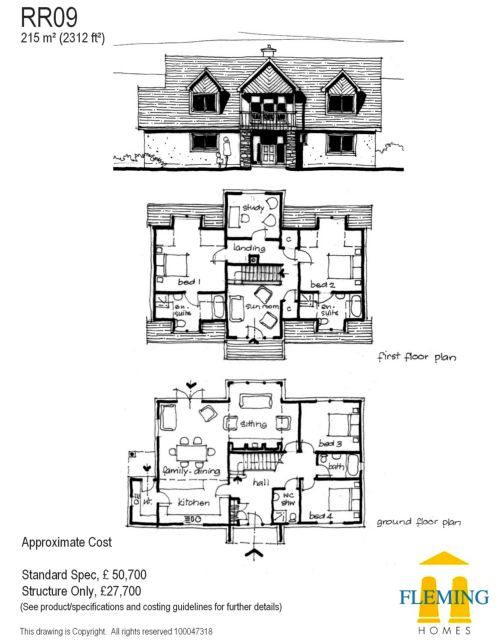
When it comes to building a Scottish cottage, the choice of materials is crucial in achieving that authentic look and feel. Traditionally, Scottish cottages were constructed using natural materials such as stone, slate, and timber. These materials not only provide excellent insulation and durability but also add to the rustic charm of the cottage. In my opinion, using reclaimed or locally sourced materials can help to reduce the environmental impact of your build and add to the authenticity of your design.
Incorporating natural materials into your design can also help to blend your cottage seamlessly into its surroundings. For example, using local stone for the facade of your cottage can help to create a sense of harmony with the surrounding landscape. Additionally, choosing materials that require minimal processing and transportation can help to reduce the carbon footprint of your build. Some popular building materials for Scottish cottage house plans include:
- Local stone, such as granite or sandstone
- Reclaimed timber, such as oak or pine
- Slate or clay tiles for roofing
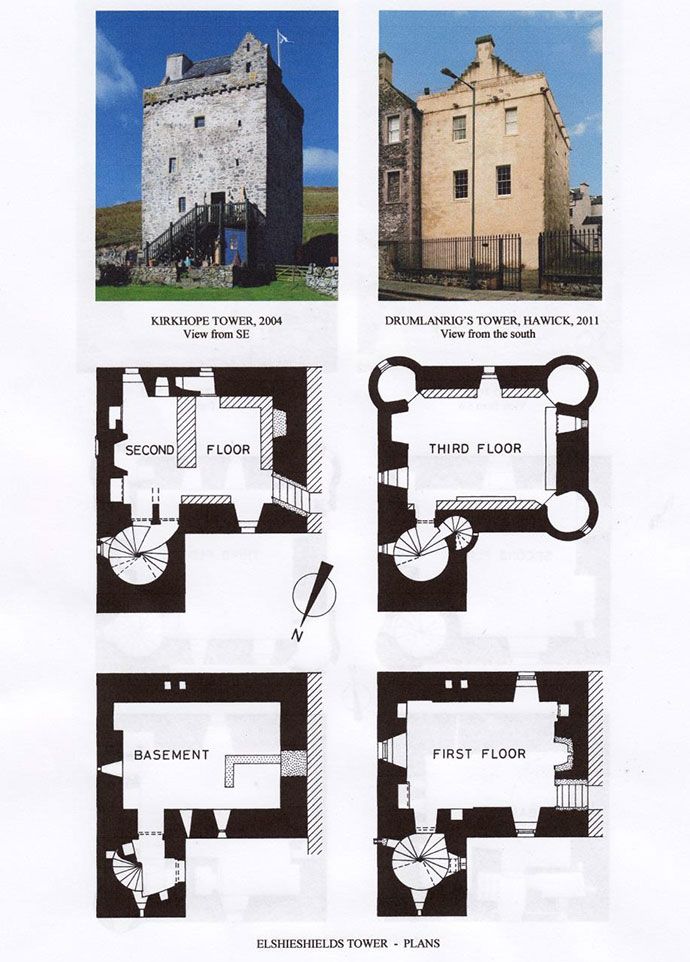

2. Incorporating Traditional Design Elements
Scottish cottage house plans often incorporate traditional design elements that reflect the country’s rich cultural heritage. One of the most distinctive features of Scottish cottages is the use of steeply pitched roofs, which help to shed heavy snowfall and provide additional storage space in the form of attic rooms. In my opinion, incorporating traditional design elements such as dormer windows, gables, and chimneys can help to create a cozy and inviting atmosphere in your cottage.
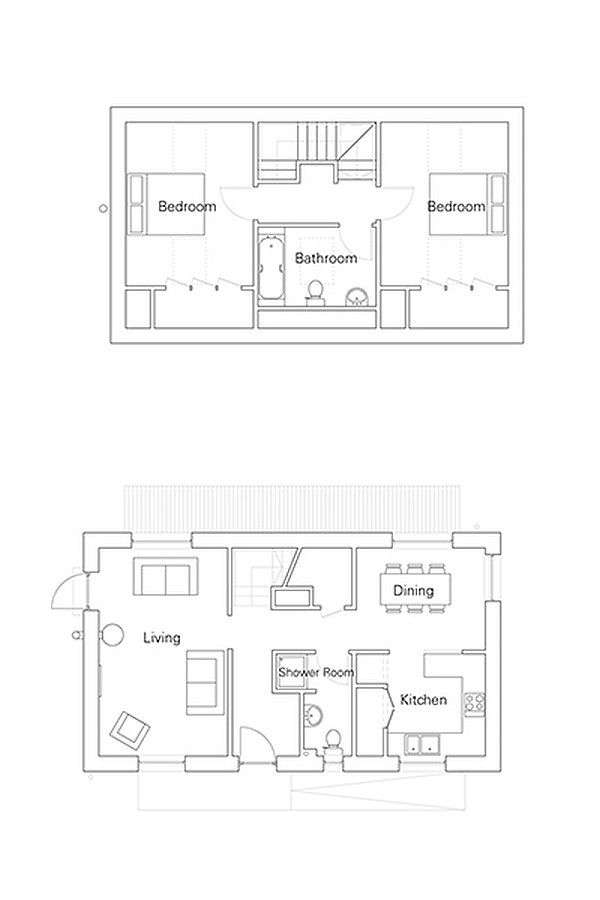
Another traditional design element to consider is the use of shutters and window seats. Not only do these features add to the charm of your cottage, but they can also help to reduce energy costs by providing additional insulation. When incorporating traditional design elements, be sure to consider the functionality and sustainability of your design, as well as its aesthetic appeal. Some popular traditional design elements include:
- Steeply pitched roofs with dormer windows
- Gables and chimneys, which can help to create a cozy and inviting atmosphere
- Shutters and window seats, which can help to reduce energy costs and add to the charm of your cottage


3. Creating a Cozy Interior
The interior of your Scottish cottage should be as cozy and inviting as its exterior. To achieve this, consider incorporating natural materials and traditional design elements into your interior design. In my opinion, using warm, earthy colors and textures can help to create a welcoming atmosphere in your cottage.
When designing the interior of your cottage, be sure to consider the functionality and sustainability of your design. For example, incorporating built-in storage spaces and using multi-functional furniture can help to reduce clutter and create a sense of calm in your cottage. Additionally, choosing materials that require minimal processing and transportation can help to reduce the environmental impact of your build. Some popular interior design elements include:
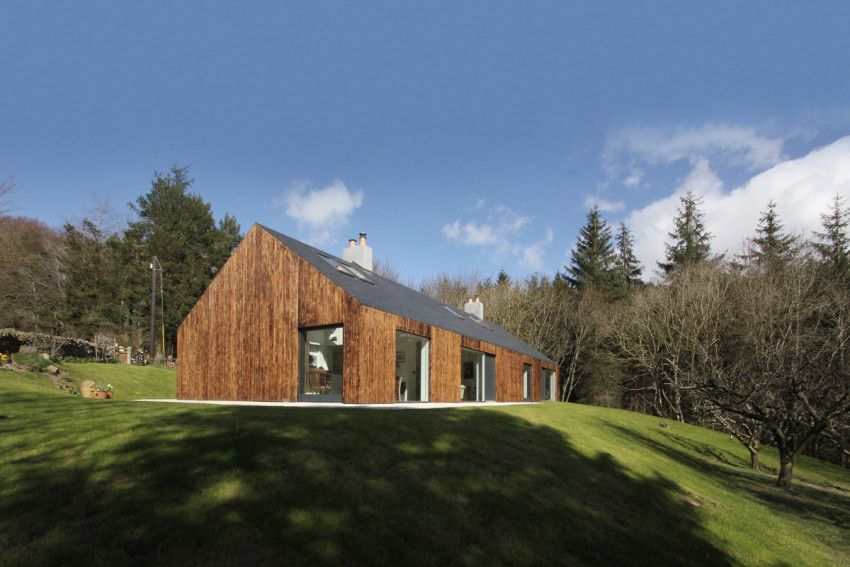
- Exposed beams and wooden floors, which can help to create a cozy and welcoming atmosphere
- Built-in storage spaces, such as inglenook fireplaces and window seats
- Multi-functional furniture, which can help to reduce clutter and create a sense of calm
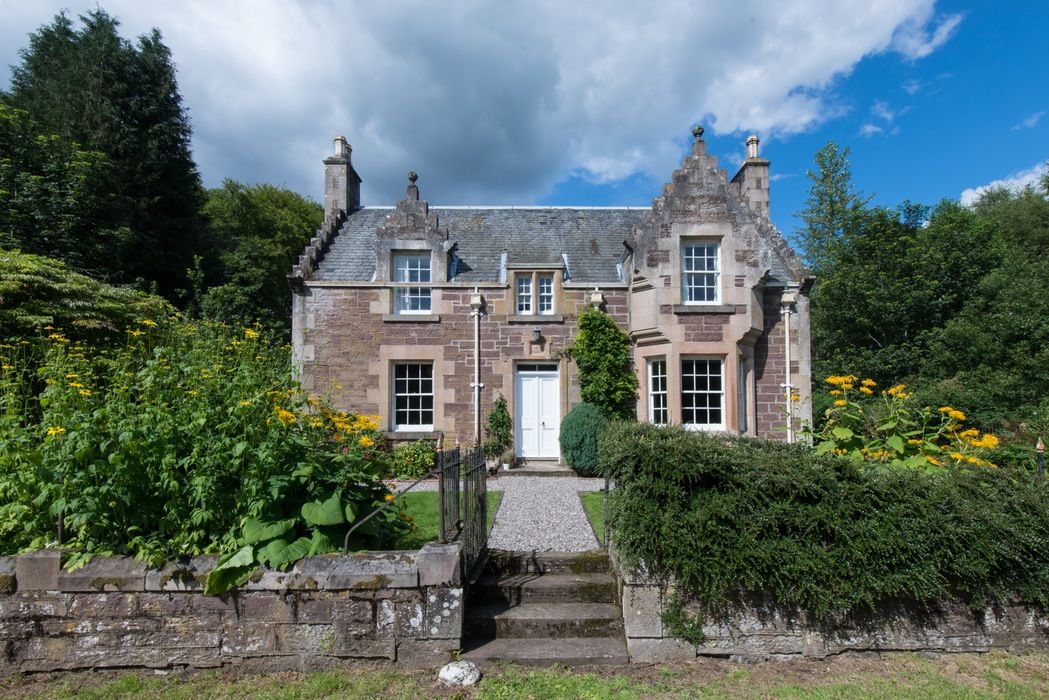
4. Planning for Functionality

While Scottish cottages are often romanticized as quaint and charming, they were originally designed to be functional and practical. When planning your cottage, be sure to consider the needs of your household and how you can incorporate functional elements into your design.
Incorporating functional storage spaces, such as built-in shelving and cupboards, can help to reduce clutter and create a sense of calm in your cottage. Additionally, choosing materials that require minimal processing and transportation can help to reduce the environmental impact of your build. Some popular functional elements include:
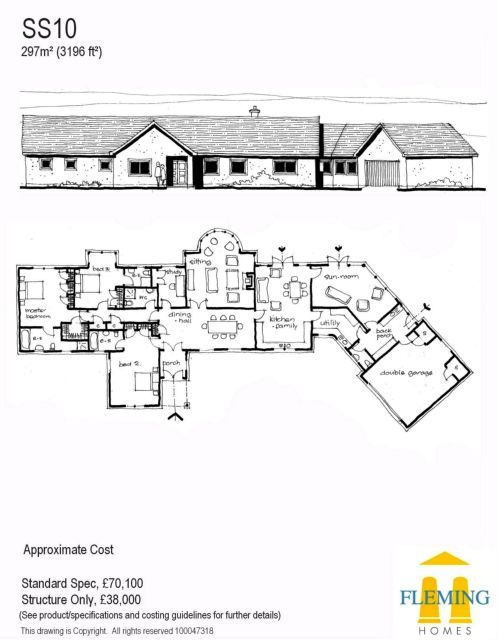
- Built-in shelving and cupboards
- Inglenook fireplaces, which can help to create a cozy and welcoming atmosphere
- Functional workspaces, such as built-in desks and ironing boards
5. Incorporating Sustainable Elements
As we become increasingly aware of the importance of sustainability, incorporating eco-friendly elements into our homes is becoming more and more essential. When designing your Scottish cottage, be sure to consider the environmental impact of your build and how you can incorporate sustainable elements into your design.
Incorporating sustainable materials, such as reclaimed timber and locally sourced stone, can help to reduce the carbon footprint of your build. Additionally, choosing materials that require minimal processing and transportation can help to reduce waste and support local economies. Some popular sustainable elements include:
- Reclaimed timber, which can help to reduce waste and support local economies
- Locally sourced stone, which can help to reduce transportation costs and support local industries
- Wind or solar power, which can help to reduce energy costs and reduce your reliance on fossil fuels
6. Planning for Space and Storage
Scottish cottages were originally designed to be cozy and compact, making efficient use of space and storage. When planning your cottage, be sure to consider the needs of your household and how you can incorporate functional storage spaces into your design.
Incorporating built-in storage spaces, such as shelving and cupboards, can help to reduce clutter and create a sense of calm in your cottage. Additionally, choosing multi-functional furniture, such as built-in beds and desks, can help to reduce clutter and create a sense of calm. Some popular space-saving and storage solutions include:
- Built-in shelving and cupboards, which can help to reduce clutter and create a sense of calm
- Multi-functional furniture, which can help to reduce clutter and create a sense of calm
- Compact appliances, which can help to reduce energy costs and create more space in your kitchen
7. Incorporating Natural Light and Ventilation
Natural light and ventilation are essential elements of any well-designed home. When planning your Scottish cottage, be sure to consider how you can incorporate natural light and ventilation into your design.
Incorporating large windows and skylights can help to create a bright and welcoming atmosphere in your cottage. Additionally, choosing sustainable materials, such as reclaimed timber and locally sourced stone, can help to reduce the environmental impact of your build. Some popular natural light and ventilation solutions include:
- Large windows and skylights, which can help to create a bright and welcoming atmosphere
- Solar tubes, which can help to reduce energy costs and bring natural light into your home
- Ventilation systems, which can help to reduce energy costs and create a healthy indoor environment
8. Creating a Sense of Community
Scottish cottages were originally designed to be at the heart of their communities, providing a warm and welcoming space for friends and family. When designing your Scottish cottage, be sure to consider how you can create a sense of community in your home.
Incorporating a cozy kitchen or dining area can help to create a sense of community in your cottage. Additionally, choosing sustainable materials, such as reclaimed timber and locally sourced stone, can help to reduce the environmental impact of your build. Some popular community-focused design elements include:
- Cozy kitchens and dining areas, which can help to create a sense of community
- Open-plan living areas, which can help to create a sense of connection and community
- Garden spaces, which can help to create a sense of community and connection to nature
9. Planning for the Future
As our needs and lifestyles change, our homes must adapt to meet these changes. When designing your Scottish cottage, be sure to consider how you can plan for the future and create a home that meets your changing needs.
Incorporating flexible design elements, such as built-in shelving and cupboards, can help to create a home that adapts to your changing needs. Additionally, choosing sustainable materials, such as reclaimed timber and locally sourced stone, can help to reduce the environmental impact of your build. Some popular future-proof design elements include:
- Flexible design elements, such as built-in shelving and cupboards
- Multi-functional furniture, which can help to create a home that adapts to your changing needs
- Sustainable materials, which can help to reduce the environmental impact of your build
10. Bringing Your Design to Life
Once you’ve designed your Scottish cottage, it’s time to bring your vision to life. When selecting contractors and materials, be sure to consider the sustainability and environmental impact of your choices.
Incorporating traditional design elements and sustainable materials can help to create a home that is both cozy and environmentally friendly. Additionally, choosing local contractors and suppliers can help to support the local economy and reduce transportation costs. Some popular materials and contractors to consider include:
- Reclaimed timber, which can help to reduce waste and support local economies
- Locally sourced stone, which can help to reduce transportation costs and support local industries
- Local contractors, which can help to support the local economy and reduce transportation costs
